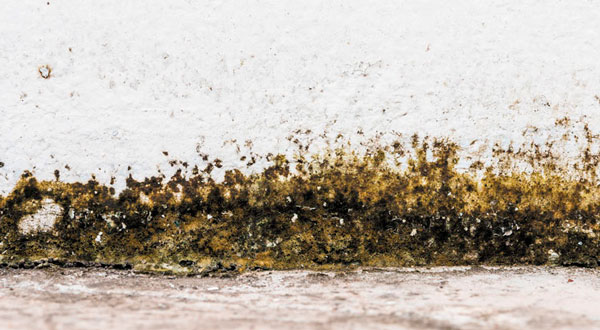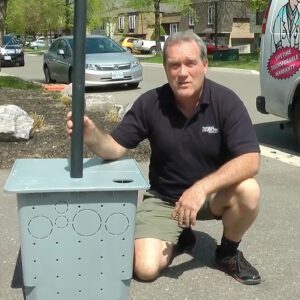Mould and water damage can be an unsightly and potentially hazardous problem in any home or building. They can also be difficult to detect, especially if the damage is occurring in a hidden or hard-to-reach area. It is important to be aware of the visible signs of mould and water damage so that you can take action as soon as possible.
What is Mould and Water Damage?
Mould is a type of fungus that grows in damp, humid environments. It can grow on any surface, but it is most commonly found in areas that are moist, such as bathrooms, kitchens, and basements. When mould spores are present in the air, they can cause allergic reactions in people who are sensitive to them.
Water damage occurs when water accumulates in areas where it shouldn’t be, such as in walls, ceilings, or floors. It can be caused by a variety of sources, including leaky pipes, flooding, or excessive moisture. Water damage can weaken the structure of a building and promote the growth of mould.
Visible Signs of Mould and Water Damage
There are several visible signs that may indicate the presence of mould and water damage in your BC home. These include:
- Discoloration: Discoloration on walls, ceilings, or floors may be a sign of water damage. The discoloration may be brown, yellow, or even black, depending on the severity of the damage.
- Odour: A musty or earthy odour may be a sign of mould growth. The odour may be most noticeable in areas where water damage has occurred.
- Peeling or bubbling paint or wallpaper: When water penetrates a surface, it can cause paint or wallpaper to peel or bubble.
- Stains: Water stains on walls or ceilings may indicate the presence of water damage. The stains may be dark or discoloured, and they may be located near pipes or other sources of water.
- Warped or sagging floors: Water damage can cause floors to warp or sag. If you notice that your floors are uneven or sloping, it may be a sign of water damage.
What to Do if You See Signs of Mould and Water Damage
If you notice any of the visible signs of mould or water damage, it is important to take action as soon as possible. Here are some steps you can take:
- Identify the source of the problem: If you see signs of water damage, try to identify the source of the problem. Is there a leaky pipe or a problem with your roof? Once you have identified the source, you can take steps to fix the problem.
- Dry out the affected area: If there is water present, you should try to dry out the affected area as soon as possible. Use a fan or dehumidifier to remove moisture from the air. You can also use towels or a wet-dry vacuum to soak up any excess water.
- Remove mould: If you see mould growth, you should take steps to remove it as soon as possible. Wear protective gear, such as gloves and a mask, and use a mould-killing solution to clean the affected area. Be sure to dispose of any materials that cannot be cleaned, such as carpet or drywall.
- Call a professional waterproofing company such as The Crack Doctor. If the damage is extensive, or if you are not comfortable handling it yourself, you should call in a professional restoration company. These companies have the equipment and expertise to handle water damage and mould remediation safely and effectively.


